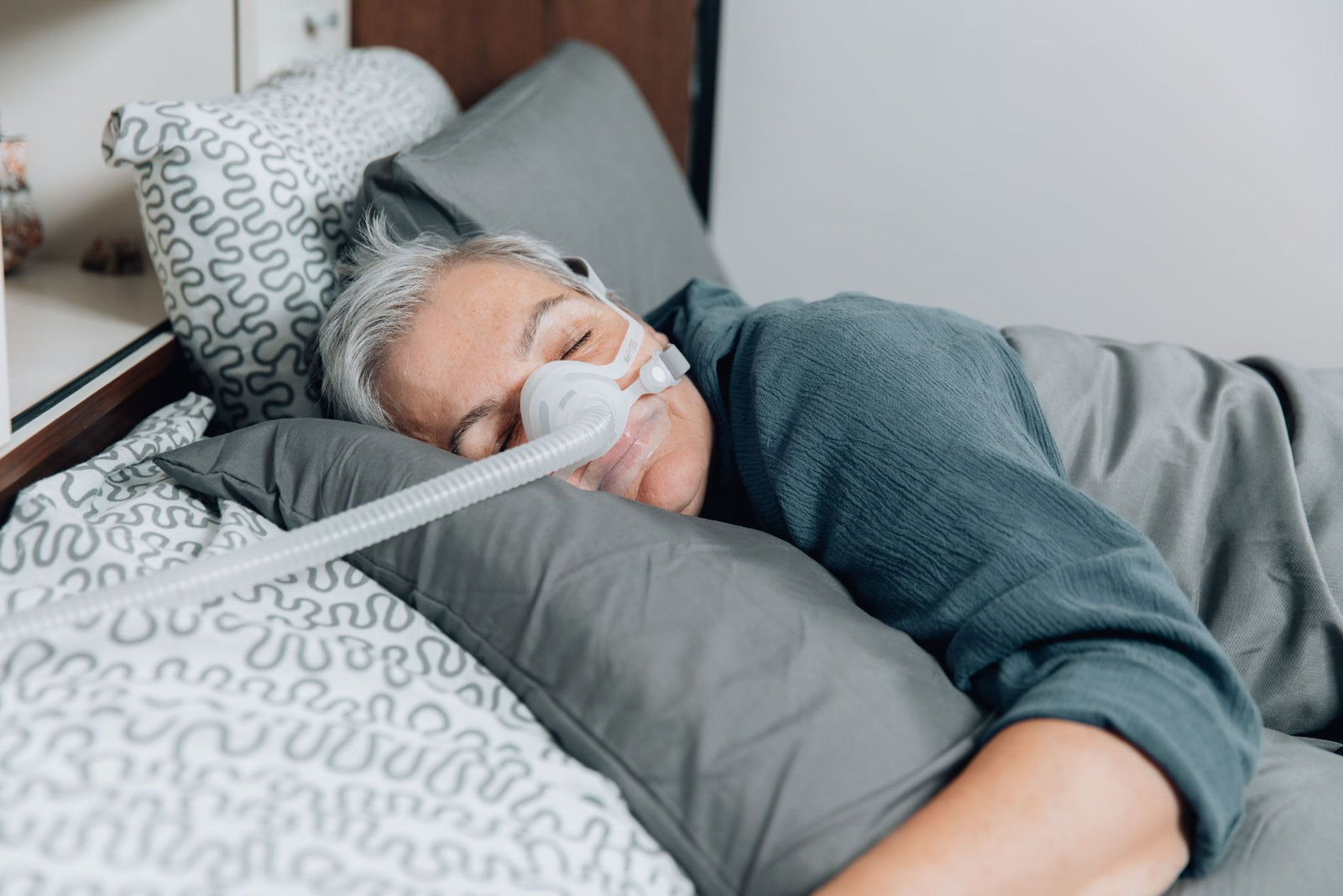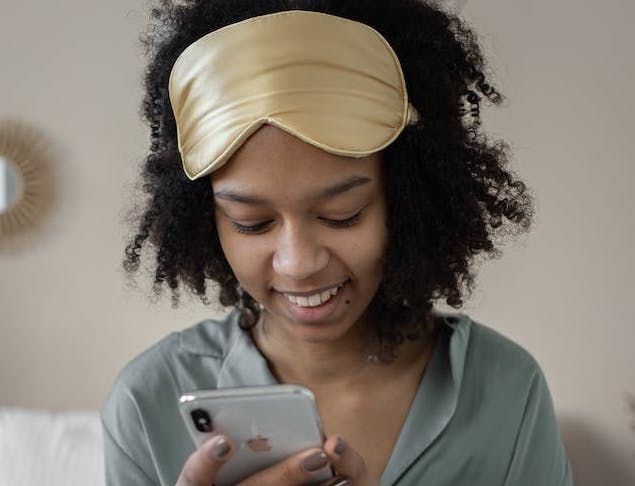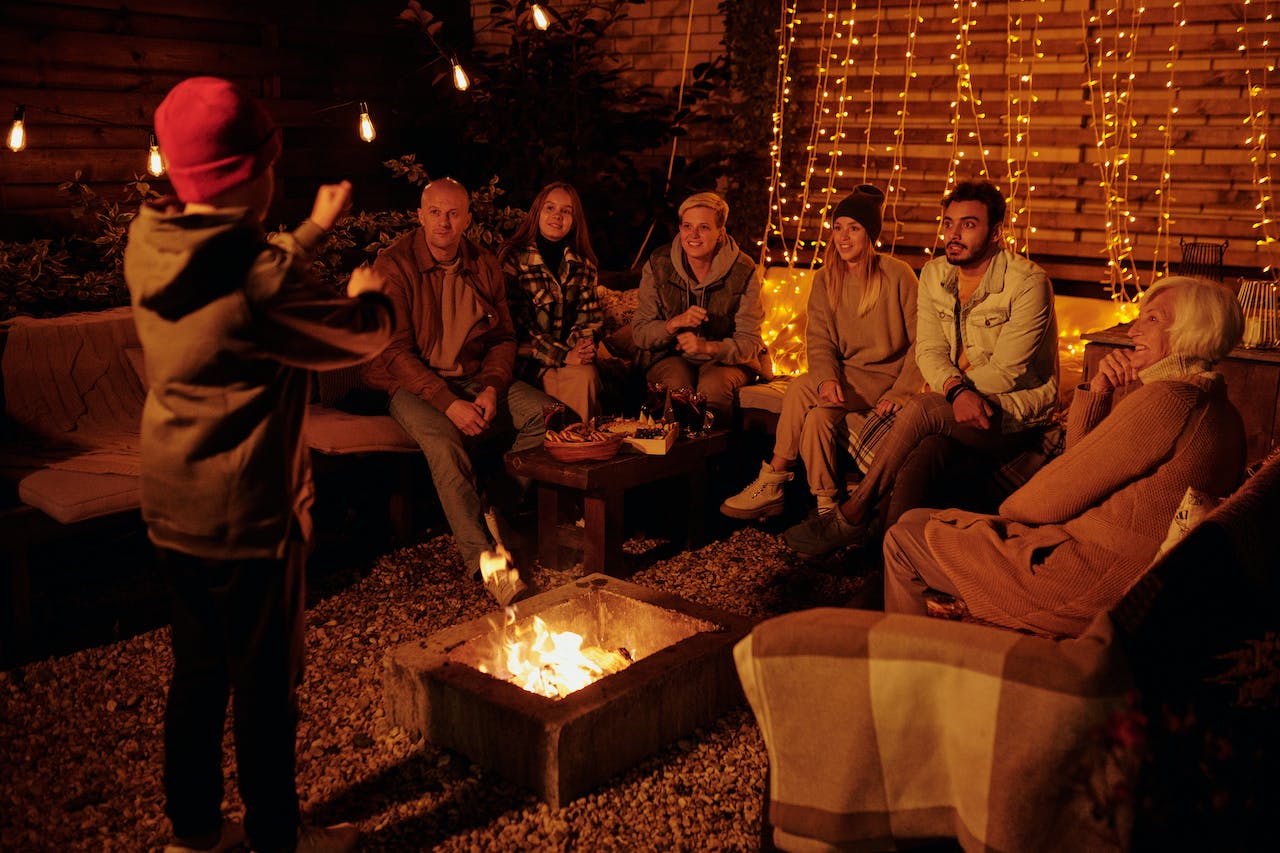Mouth breathing is the number one enemy of CPAP Compliance
When using a CPAP, it is of paramount importance to ensure that pressurized air from the CPAP is able to enter the respiratory airway. Maintaining pressurized air is required for the CPAP device to operate effectively and deliver the required therapy. However, if the airflow encounters areas that can allow air to leak from the patient, the pressure drops instantly and the pressure is no longer able to hold the airway open. While poorly fitted masks can be a cause of this leakage, the most common way leaks occur is with mouth breathing. If you are a CPAP user and a night time mouth breather, you are not receiving the optimal therapy that you need. Thankfully, SomniFix has developed a solution for CPAP mouth breathers.
How mouth breathing ruins your CPAP Compliance Scores...and its effectiveness
As we sleep, our jaw relaxes. For some of us, this leads to our jaws falling open, opening up our mouths. Once the mouth is open, the body defaults from nose breathing to mouth breathing. While night time mouth breathing results in a variety of short and long-term health issues for most people, it is especially concerning if you are a CPAP mouth breather.An open mouth will cause a leak, as airflow will exit the mouth, and never make it to the respiratory airway. Often, with CPAP users, the mouth opens just because the pressure from the CPAP mask itself is so great as to force the mouth open. The reduced pressure that results from these leaks renders the CPAP device ineffective. As a result, CPAP Compliance drops dramatically.
Defined simply as the amount of time that you use your device effectively, CPAP Compliance is of great interest to medical insurers, like Medicare, and in some cases employers and government. To ensure that your medical insurer will subsidize the cost of your CPAP device, you need to use the device effectively for at least 4 hours per night, for 70% of nights.
However, it’s important to note that these must be 4 hours of effective therapy. When the pressure drops in your device, the device is no longer operating effectively and so those hours do not count towards your Compliance score. Even more importantly, this means that you are not receiving the critical therapeutic benefits of CPAP therapy. Your sleep apnea is going untreated.
How do I know if I am mouth breathing with my CPAP?
Unless you have video footage of yourself sleeping (...weird), it’s not always obvious if you are a mouth breather. However, there are a couple of ways that you can tell. The most common is that as a CPAP user, you (and your bed partner) will know immediately when they start mouth breathing. A loud turbulence takes place that can wake up both the user and the non-CPAP wearing partner.
If that doesn’t occur very often, the other signs to look for would be:
- Snoring
- Constantly waking up with a dry mouth in the morning
- Having a low CPAP Compliance score even if you use your device all the time
I am a CPAP User and a mouth breather, what do I do?
While there are certainly many factors that affect CPAP Compliance, mouth breathing is undoubtedly the most impactful one. Therefore, if you are a chronic mouth breather it could be near impossible to achieve sufficient CPAP Compliance and get the therapy that you need for healthy, restful sleep. Thankfully, we understand the problem - mouth falling open - so we just need to determine the optimal solution.
The most commonly-used device to reduce mouth breathing when using a CPAP is a chinstrap. However, chinstraps are a nightmare to use. They’re cumbersome, uncomfortable, and make many people feel claustrophobic. How are you supposed to sleep with that thing on? Plus, they don’t even prevent your lips from moving. So although they hold your jaw shut, air can still leak out of the gaps in your lips.
Thanks why we created SomniFix Strips. The ultimate mouth breathing solution, SomniFix Strips use a gentle adhesive to keep your lips sealed all night long.
How to instantly put a stop to mouth breathing
Using SomniFix Strips is the simplest and most effective way to stop mouth breathing instantly. The skin-safe adhesive keeps your lips sealed all night long, prohibiting mouth breathing and inducing mouth breathing instead. If you are a CPAP mouth breather, this is the solution you’ve been looking for. Use SomniFix Strips in combination with your nasal mask or nasal pillow to get effective therapy all night long.
We know what you’re thinking, “but what if my nose is congested? I’m going to suffocate!” Relax, you’re not going to suffocate. SomniFix Strips have a built-in vent in the center so that, if you need to, you can breathe through your mouth. Plus, they will pop off if you forcibly open your jaw. We’ve extensively proven the safety of the strips through clinical testing.
The perfect setup for CPAP mouth breathers
Many CPAP mouth breathers have revolutionized the quality of the therapy they receive by using SomniFix Strips in combination with a nasal mask. They’ve kicked their chin strap or full face mask to the curb! This combination of SomniFix plus nasal mask eliminates mouth breathing and provides users with the most comfortable, practical CPAP therapy setup.
If mouth breathing is interrupting your sleep, we recommend speaking with your doctor to see if switching to a nasal mask plus SomniFix could be the key to getting you a great night’s sleep.






